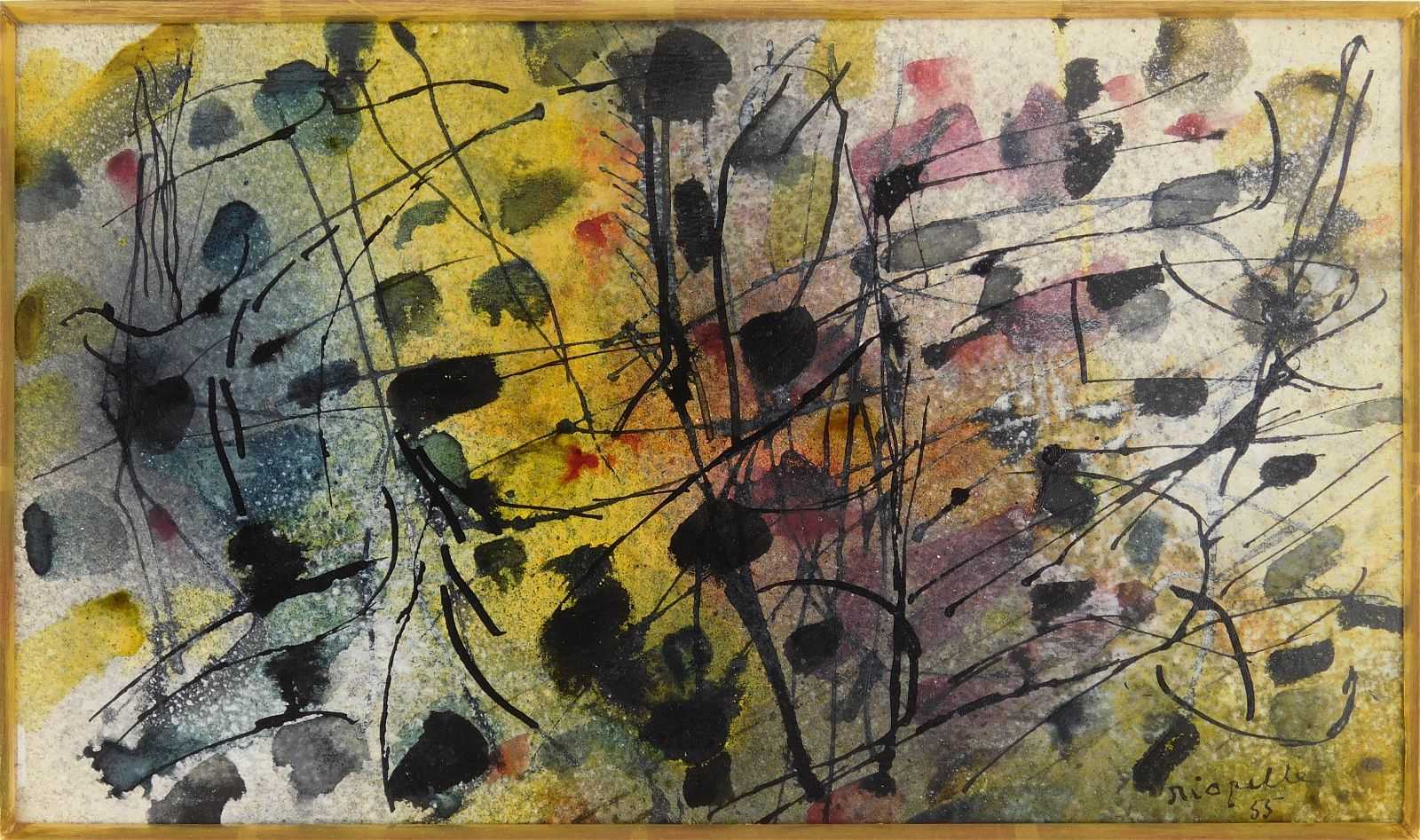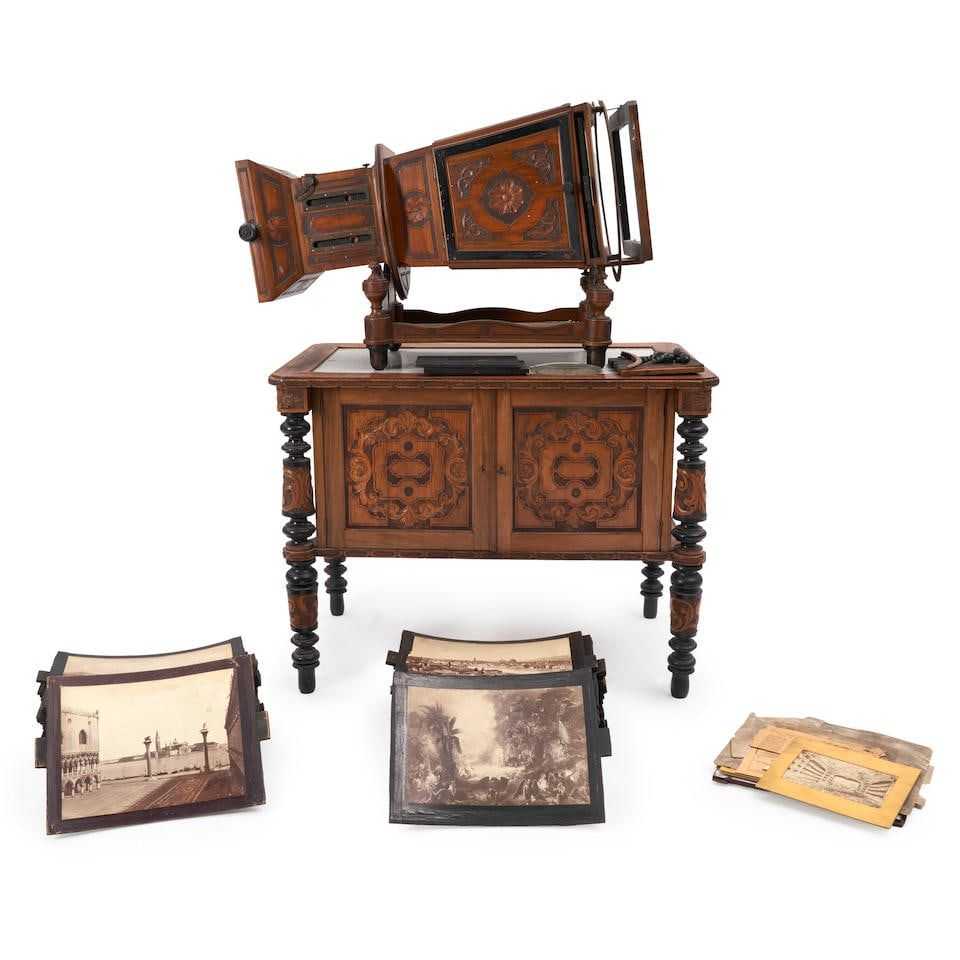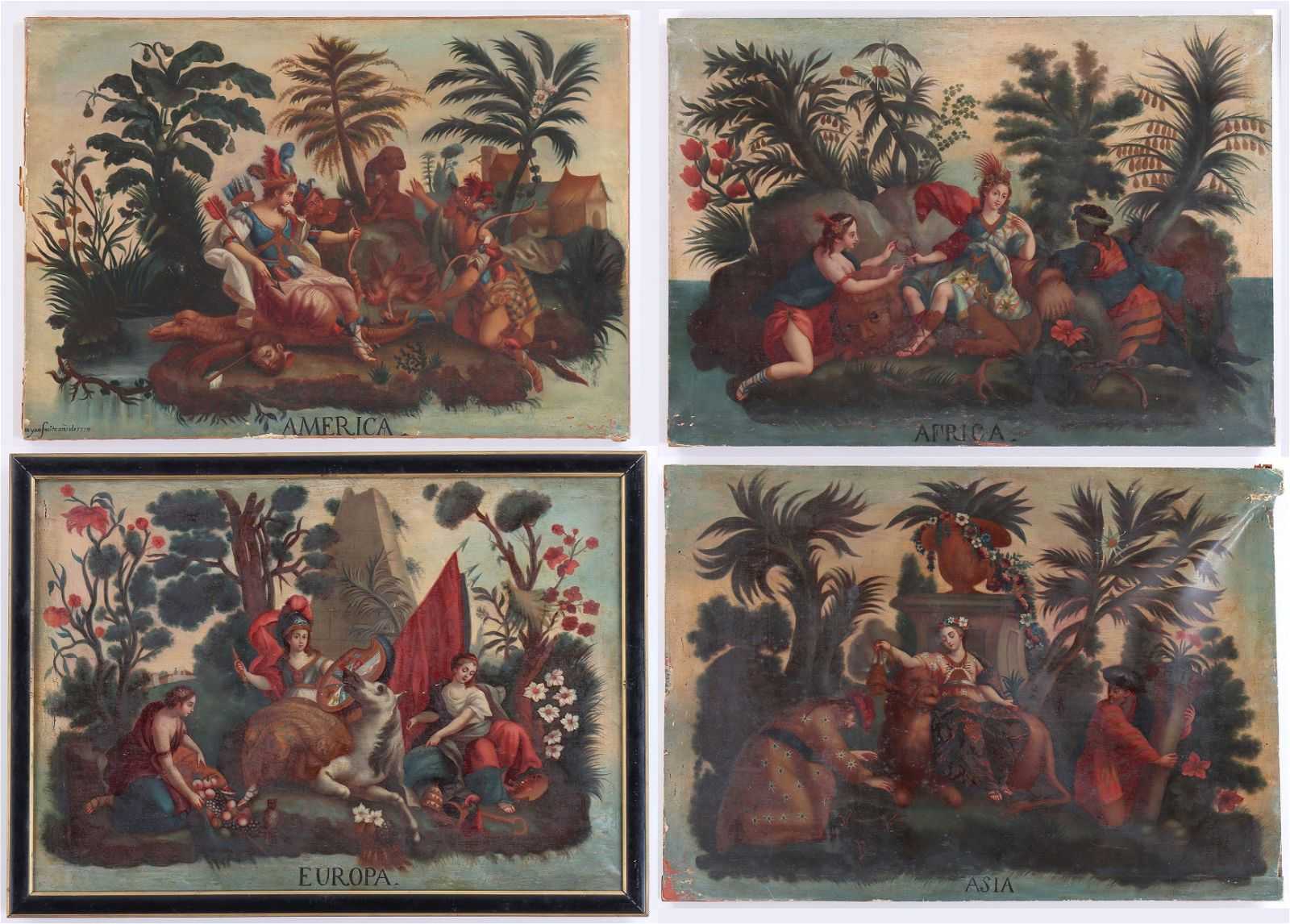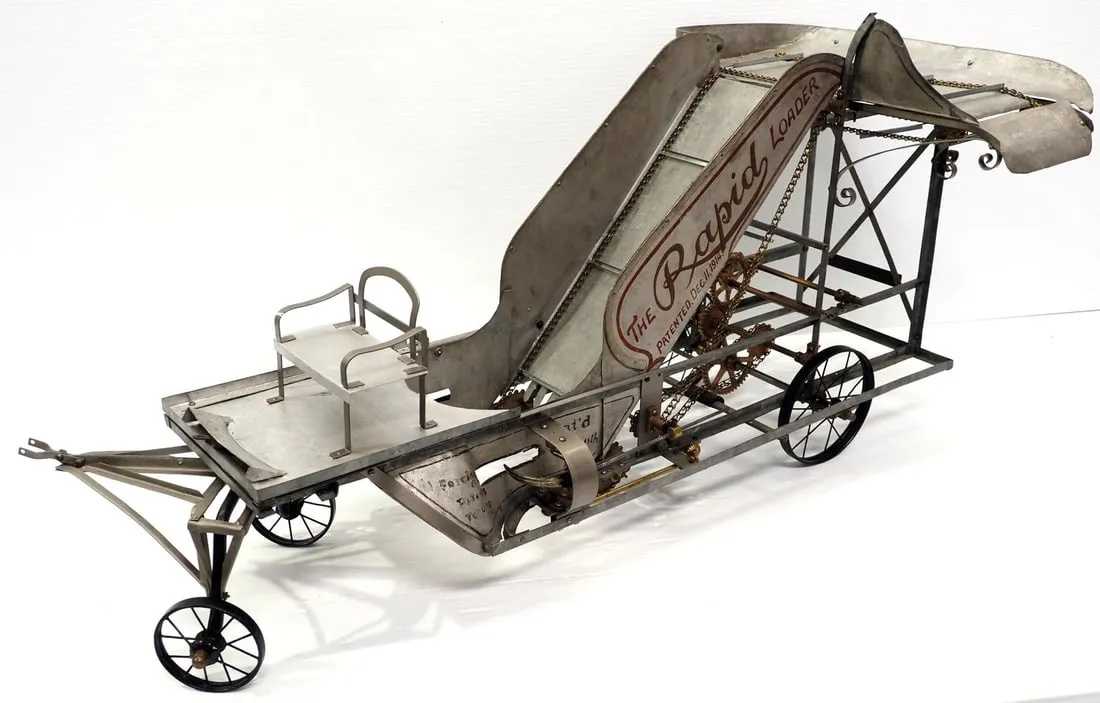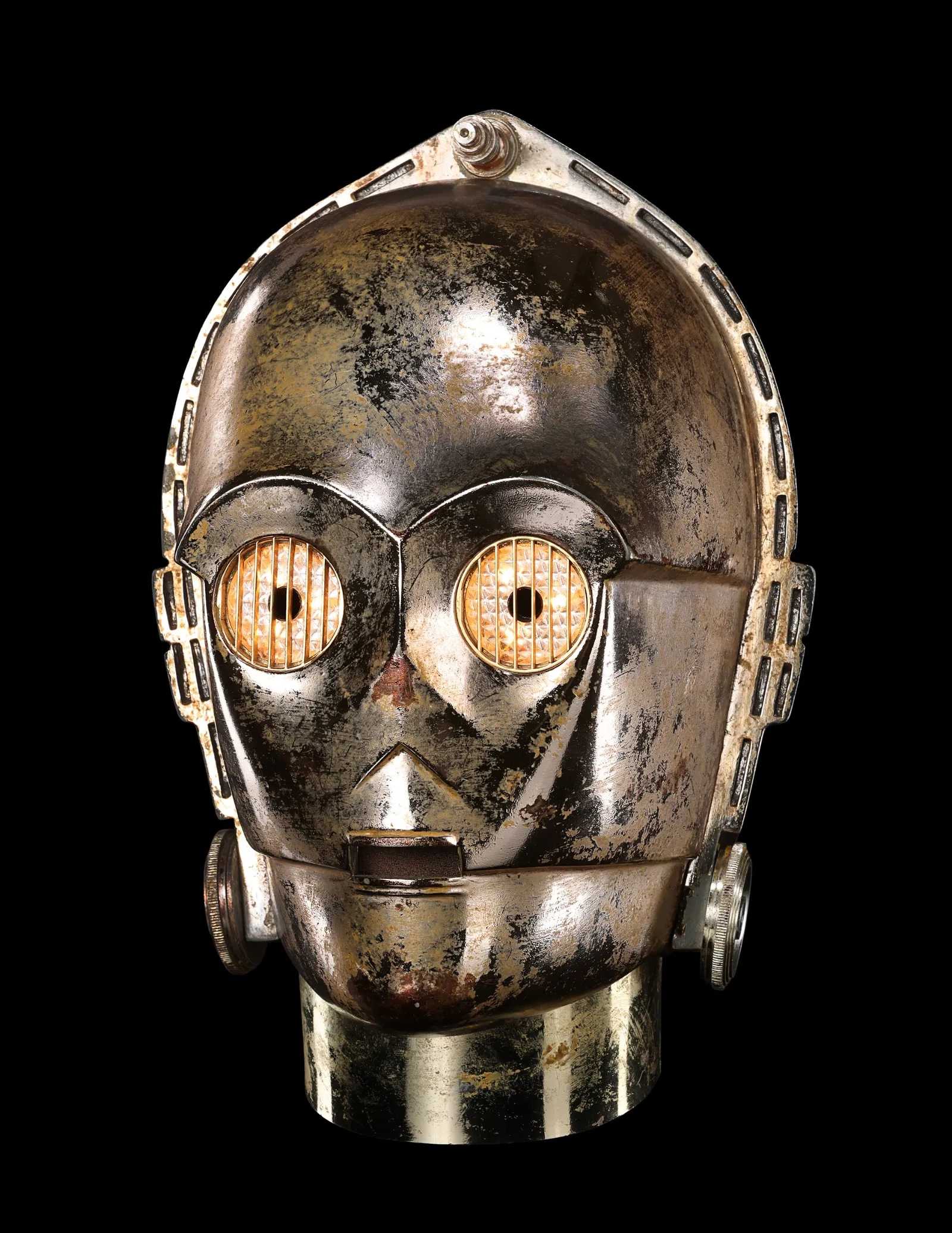Jean Paul Riopelle, ‘Untitled (Abstract)’, $23,040
CLEVELAND, OH – The March 23 sale at Rachel Davis Fine Arts included a small but prime-period mixed media work on paper by Canadian artist Jean Paul Riopelle (1923-2002). Untitled (Abstract), measuring slightly more than 6 by 11in, was signed and dated 1955 – the moment when Riopelle embraced abstraction and developed his ‘mosaic’ technique. This particular work, which has been authenticated by Yseult Riopelle and included in the artist’s catalogue raisonné, was also included in the solo exhibition Riopelle held at the Gimpel Fils Gallery in London in 1956. Entered for sale from a private collection in Cleveland, Ohio with a modest estimate of $800-$1,200, it hammered at $18,000 and sold for $23,040 with buyer’s premium to a LiveAuctioneers bidder.
Amegalethoscope by Carlo Ponti, $11,520
MARLBOROUGH, MA – The invention of the megalethoscope by the Swiss-Italian optician and photographer Carlo Ponti greatly enhanced the experience of viewing photographs. Unveiled at the International Exhibition in 1862, the device created the illusion of both perspective and day and night. To view a photograph in daylight, doors with attached mirrors were opened to reflect sunlight onto the photograph. By closing the door and placing an oil lamp behind the image, the scenes appeared as nocturnes.
This deluxe megalethoscope in a Renaissance revival walnut and ebonized case previously belonged to the New England industrialist Lucius Bowles Darling, owner of the Pawtucket, Rhode Island Music Hall. Darling and his and wife embarked on a Grand Tour circa 1878, when this piece was purchased. It was sold by Bonhams Skinner in an online sale that closed on March 20 together with the original itemized invoice from Carlo Ponti of Venice, dated July 30, 1878 for 764 lire. The auctioneer thought it might bring $10,000-$15,000, but it sold at $9,000 ($11,520 with buyer’s premium).
Spanish Colonial School Set of Allegories of the Four Continents, $36,250
EAST MORICHES, NY – Leading South Bay Auctions’ March 20 sale was this set of 18th-century Spanish Colonial School canvases. Allegories of ‘the Four Continents’ – Africa, Asia, Europe, and America – became a visual staple of Western art in the 18th century. Florentine explorer Amerigo Vespucci’s revelation that the Americas were a unique continent was a key development in the European view of the world.
Pictures such as this are very much a product of colonialism. Condensing the vast scope of global cultures within a single glance makes their iconography anachronistic at best. But this was a very decorative set that gained something from its relatively naïve execution and untouched condition. Together estimated at $600-$800, they hammered for $29,000 ($36,250 with buyer’s premium).
‘The Rapid’ Wheat Shock Loader Salesman’s Sample, $17,700
SHIPSHEWANA, IN – In 1904, William B. Penrose was granted a United States patent (no. 792,549A) for a shock or grain loader, a first-of-its-kind mechanical device designed to pick up cut ‘hay or like field crops with conveyor belts or conveyor chains, with or without pick-up means.’ As hay and wheat harvesting was still accomplished with horse-drawn equipment, Penrose’s innovation was on the cusp of the mechanized agricultural revolution in the United States, and would lead to huge harvesting productivity gains.
On March 22, Chupp Auctions featured a collection of salesman’s samples – miniaturized versions of large-scale equipment for on-site demonstration purposes to prospective clients. In most cases fully operational, these miniatures were easily transported by sales professionals and are highly sought after by collectors today.
This ‘The Rapid’ wheat shock loader salesman’s sample topped the category at Chupp’s 4-Day Auction. Starting at $100, the lot underwent 84 progressively higher bids until it hammered for an astounding $14,750 ($17,700 with buyer’s premium).
Light-Up C3PO Costume Head Worn by Anthony Daniels in ‘Return of the Jedi,’ $877,500
VALENCIA, CA – The screen-worn and -matched light-up C3PO costume head worn by English actor Anthony Daniels (b. 1946-) in 1983’s Return of the Jedi hammered for $675,000 ($877,500 with buyer’s premium) at Propstore’s March 12 sale. The weathered head was estimated at $500,000-$1 million, came directly from Daniels’ personal collection, and had been widely photographed and displayed by Daniels at conventions worldwide.
Beyond the Daniels provenance, Propstore officials painstakingly went frame by frame through the film and matched it to several scenes in the Endor sequence, including when Luke Skywalker reunites with the group after his speeder bike chase, and as the rebels scout out and approach the shield reactor. It matches through distinct markings on the right side of C3PO’s outer perimeter ring.
Loosely based on the robot from Fritz Lang’s 1927 science fiction masterpiece Metropolis, the final C3PO head design was executed by Liz Moore for Lucasfilm, producer of the Star Wars franchise at the time. Daniels has owned the prop since then, and decided to send it to market, where it performed admirably.


